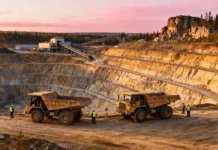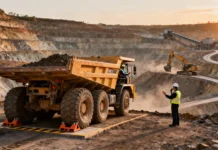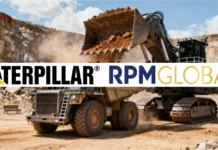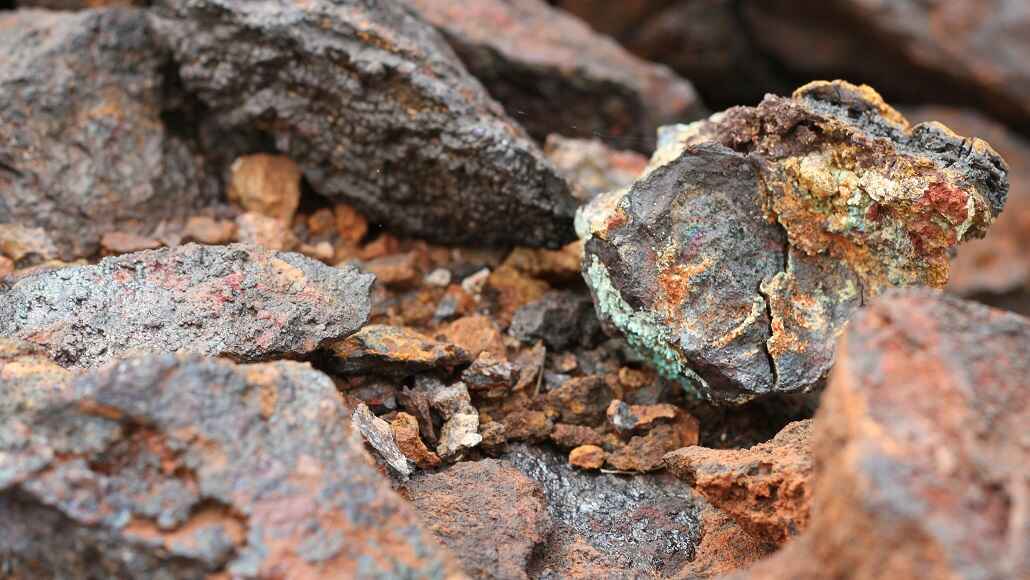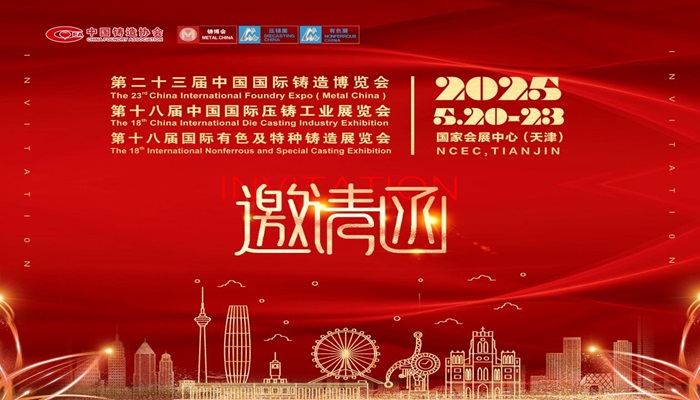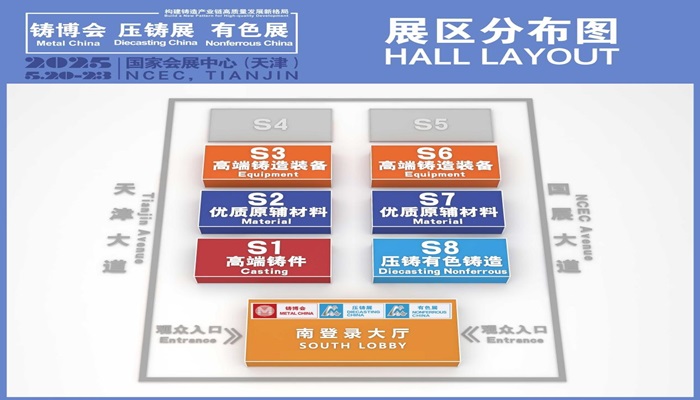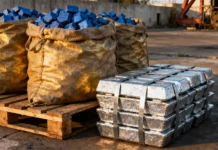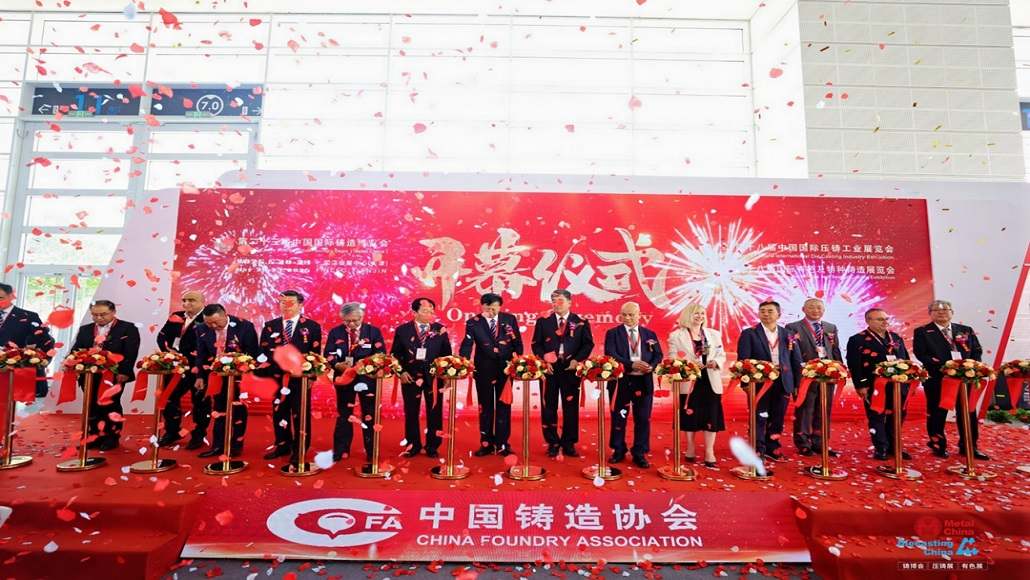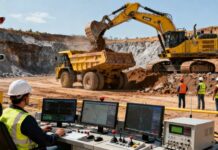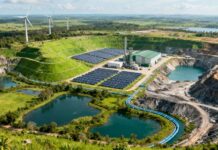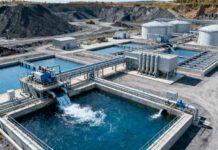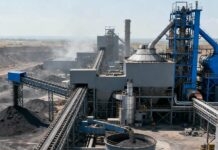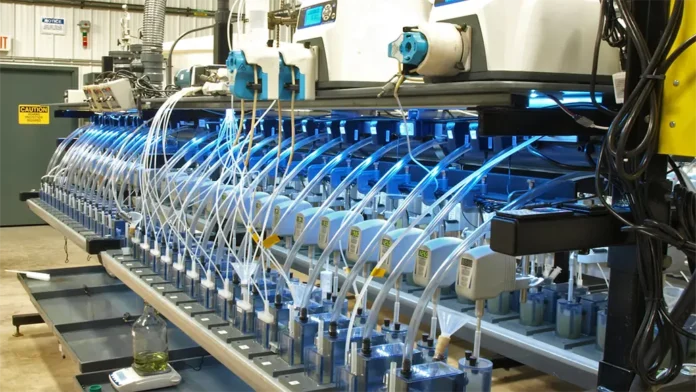The mining industry continues to evolve through revolutionary advances in hydrometallurgical processing technologies that transform how valuable metals and minerals are extracted from increasingly complex ore bodies. Advanced leaching and solvent extraction techniques represent the cutting edge of this transformation, enabling economical recovery of critical minerals from previously unprocessable ores while meeting stringent environmental standards.
Contemporary mining operations face unprecedented challenges as high-grade, easily processed deposits become increasingly scarce. The future of mining depends on technologies capable of extracting value from low-grade ores, complex mineralogical assemblages, and secondary resources including mine waste and electronic scrap. Leaching and solvent extraction in mining provide the technological foundation for addressing these challenges while supporting global demand for critical minerals essential to modern technology and infrastructure.
The integration of artificial intelligence, biotechnology, and advanced materials science creates unprecedented opportunities for optimizing extraction processes. These innovations enable selective recovery of target metals while minimizing environmental impact and processing costs, positioning advanced hydrometallurgy as the cornerstone of sustainable mining operations.
Solvent Extraction Mining Process Evolution
Modern solvent extraction mining processes have evolved far beyond traditional approaches to encompass sophisticated systems that achieve remarkable selectivity and efficiency in metal recovery. Contemporary solvent extraction systems utilize carefully engineered extractants that can selectively target specific metals even in complex multi-element solutions.
The CYANEX family of extractants exemplifies these advances, providing mining operations with highly selective capabilities for separating nickel from cobalt, molybdenum from copper, and individual rare earth elements from each other. These specialized reagents enable economic processing of ore types that were previously considered too complex for commercial extraction.
Synergistic solvent extraction represents a breakthrough approach that combines multiple extractants to achieve selectivity and performance characteristics impossible with individual reagents. These systems enable recovery of metals for which no single commercially available extractant provides adequate performance, opening opportunities for processing previously uneconomical deposits.
Process intensification technologies reduce equipment size requirements while improving separation efficiency through enhanced mass transfer and optimized residence times. Pulsed columns, centrifugal contactors, and turbulent mixing systems maximize extraction efficiency while minimizing organic phase inventories and environmental risks.
Digital process control systems optimize solvent extraction operations through real-time monitoring and automated adjustment of operating parameters. These systems analyze solution compositions continuously while adjusting extractant concentrations, pH levels, and flow rates to maintain optimal performance despite variations in feed composition.
Hydrometallurgy Innovations in Critical Minerals
Hydrometallurgical innovations specifically targeting critical minerals address supply chain security concerns while enabling domestic production of materials essential to renewable energy, defense applications, and advanced technology systems. These specialized processes focus on elements including lithium, rare earth elements, cobalt, and platinum group metals.
Rare earth mineral extraction innovations address the complex challenge of separating individual rare earth elements that exhibit similar chemical properties. Advanced separation cascades utilizing multiple solvent extraction stages achieve high purity products while minimizing reagent consumption and waste generation. Novel extractants provide enhanced selectivity for heavy rare earth elements, which command premium prices due to their scarcity and strategic importance.
Lithium extraction technologies offer alternatives to traditional evaporation processes that require extensive time and water resources. Direct lithium extraction utilizing selective ion exchange resins or specialized extractants can recover lithium from brines in hours rather than months while consuming significantly less water than conventional approaches.
Cobalt recovery processes address supply chain security concerns through enhanced recovery from various sources including sulfide ores, laterite deposits, and battery recycling. Advanced leaching techniques combined with selective solvent extraction enable high recovery rates while producing battery-grade cobalt suitable for electric vehicle applications.
Platinum group metal processing innovations enable recovery from increasingly diverse sources including recycled catalytic converters, electronic waste, and low-grade primary ores. Specialized leaching conditions combined with novel extractants achieve high recovery rates while minimizing the use of hazardous chemicals traditional in platinum processing.
Advanced Leaching Technologies Implementation
Advanced leaching technologies encompass diverse approaches that optimize metal dissolution while minimizing environmental impact and processing costs. These technologies address challenges associated with refractory ores, low-grade deposits, and complex mineralogical assemblages.
Pressure leaching systems operate at elevated temperatures and pressures to accelerate leaching kinetics while enabling processing of minerals resistant to conventional leaching approaches. Modern pressure leaching systems incorporate advanced materials and control systems that ensure safe operation while achieving high metal recovery rates from challenging ore types.
Bio-leaching technologies harness naturally occurring or engineered microorganisms to solubilize metals under ambient conditions. These biological systems offer environmentally friendly alternatives to conventional leaching approaches while often achieving superior selectivity for target metals. Recent advances in microbial engineering create organisms specifically optimized for particular metal recovery applications.
Heap leaching innovations optimize the recovery of metals from low-grade ores through advanced pad designs, improved agglomeration techniques, and enhanced solution management systems. Modern heap leaching operations achieve recovery rates exceeding eighty-five percent while minimizing water consumption and environmental impact through closed-loop processing systems.
In-situ leaching techniques recover metals directly from underground deposits without conventional mining operations. These approaches minimize surface disturbance while enabling recovery from deposits that would be uneconomical to mine conventionally. Advanced monitoring and control systems ensure environmental protection while optimizing metal recovery.
Electrochemical leaching systems utilize controlled electrical conditions to enhance metal dissolution while providing precise control over leaching selectivity. These systems enable processing of complex ores while minimizing reagent consumption and environmental impact through optimized electrochemical conditions.
Chemical Extraction in Mining Optimization
Chemical extraction optimization encompasses comprehensive approaches to maximizing metal recovery while minimizing reagent consumption, processing costs, and environmental impact. These optimization strategies integrate process chemistry, equipment design, and operational control to achieve superior performance.
Reagent optimization programs evaluate alternative extractants, modifiers, and diluents to identify combinations that maximize performance while minimizing costs and environmental impact. Advanced screening techniques enable rapid evaluation of numerous reagent combinations under various operating conditions.
Process modeling utilizes sophisticated mathematical models to predict extraction performance under various operating conditions. These models enable optimization of equipment sizing, operating parameters, and reagent selection before commissioning physical systems, reducing development risks and costs.
Automated process control systems maintain optimal operating conditions through continuous monitoring and adjustment of critical parameters. These systems respond to variations in feed composition, temperature, and other factors that influence extraction performance, ensuring consistent operation despite changing conditions.
Recovery enhancement techniques maximize metal extraction through optimized mixing conditions, residence times, and phase separation systems. Advanced equipment designs provide improved mass transfer characteristics while minimizing entrainment and phase dispersion problems.
Recycling and recovery systems minimize reagent consumption through regeneration and reuse of organic phases. Advanced regeneration techniques restore extractant performance while minimizing waste generation and operating costs.
Environmental and Sustainability Advances
Contemporary leaching and solvent extraction operations prioritize environmental sustainability through innovative approaches that minimize waste generation, reduce chemical consumption, and eliminate hazardous emissions. These advances address regulatory requirements while often reducing operating costs.
Green chemistry applications replace traditional hazardous reagents with environmentally compatible alternatives that provide equivalent or superior performance. Bio-compatible extractants, biodegradable solvents, and renewable reagent sources reduce environmental impact while maintaining commercial viability.
Waste minimization strategies eliminate liquid and solid waste generation through closed-loop processing systems and comprehensive recycling programs. Zero liquid discharge systems eliminate wastewater generation while recovering valuable components from all process streams.
Energy efficiency improvements reduce the environmental footprint of hydrometallurgical operations through process optimization, heat integration, and renewable energy utilization. Heat recovery systems capture thermal energy from processing operations while renewable energy systems provide clean power for facility operations.
Atmospheric emission controls eliminate volatile organic compound emissions through enclosed processing systems and vapor recovery technologies. These systems protect worker health while preventing environmental contamination and regulatory compliance issues.
Life cycle assessment methodologies evaluate the environmental impact of entire processing systems to identify optimization opportunities and guide technology selection decisions. These assessments consider resource consumption, waste generation, energy requirements, and end-of-life considerations.
Technology Integration and Future Outlook
The future of advanced leaching and solvent extraction technologies lies in comprehensive integration of artificial intelligence, biotechnology, and materials science advances that create unprecedented capabilities for selective metal recovery. These integrated approaches address emerging challenges while creating new opportunities for resource recovery.
Artificial intelligence applications optimize process performance through predictive analytics, automated process control, and intelligent fault diagnosis. Machine learning algorithms continuously improve process performance by analyzing operational data and identifying optimization opportunities that human operators might miss.
Biotechnology integration combines engineered microorganisms with traditional chemical processes to create hybrid systems that achieve superior selectivity and environmental performance. These systems utilize biological selectivity while maintaining the processing rates and equipment designs of conventional chemical systems.
Nanotechnology applications create novel extractants and separation materials with unprecedented selectivity and performance characteristics. Nanostructured materials enable recovery of metals at concentrations previously considered too low for economic processing while providing enhanced stability and recyclability.
Process intensification techniques reduce equipment footprints while improving separation efficiency through enhanced mixing, optimized residence times, and integrated processing steps. These approaches enable processing of larger ore volumes in compact facilities while reducing capital costs and environmental impact.
The convergence of these technological advances creates opportunities for processing previously uneconomical resources while meeting increasingly stringent environmental standards. As global demand for critical minerals continues to grow, advanced leaching and solvent extraction technologies will play increasingly important roles in ensuring reliable supply chains while maintaining environmental stewardship.
Through continued innovation and strategic technology integration, the mining industry can meet growing mineral demand while advancing toward truly sustainable extraction processes that minimize environmental impact while maximizing resource recovery. The future belongs to operations that successfully integrate these advanced technologies into comprehensive processing systems that deliver superior economic and environmental performance.



